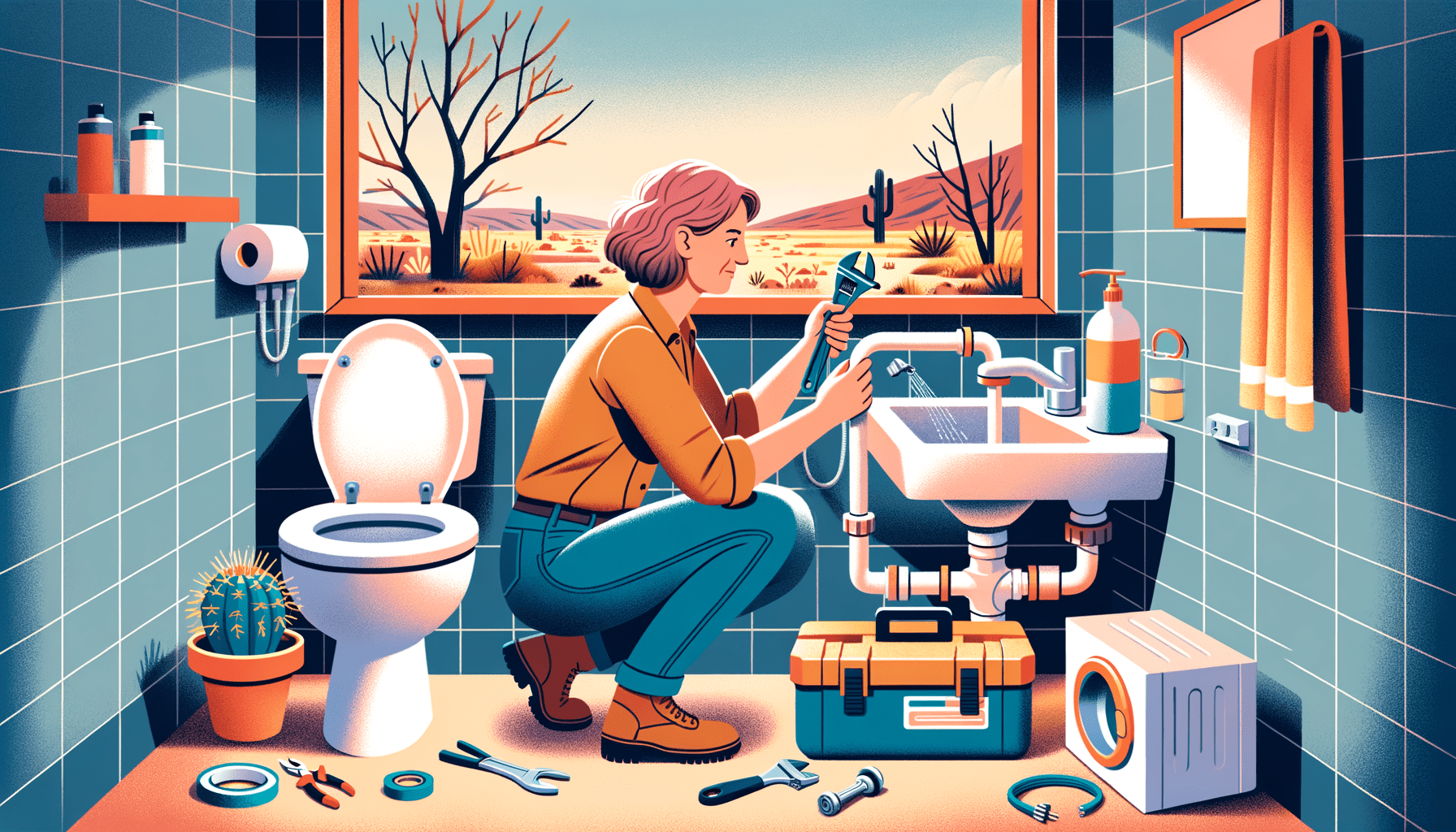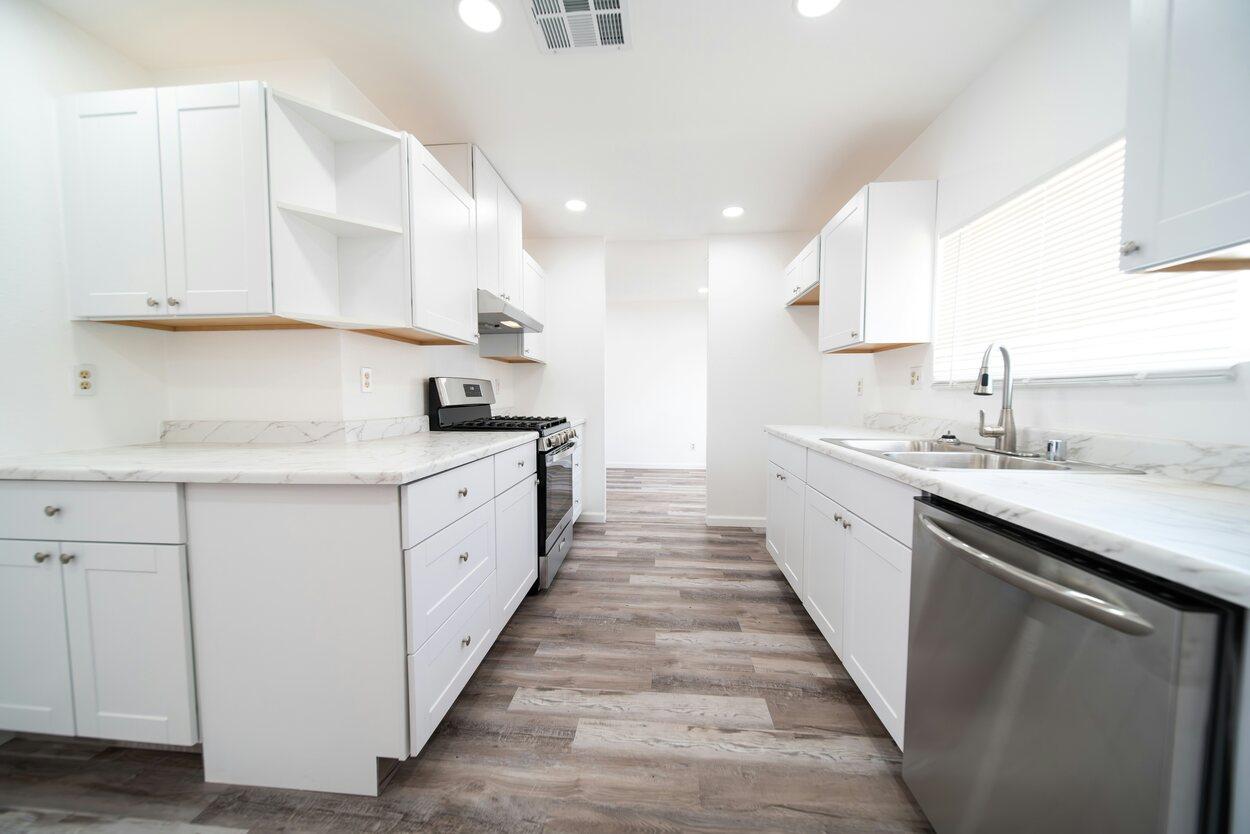Water, the essence of life and a fundamental necessity, yet Australia faces a dire challenge with droughts that can perturb its supply. For every Aussie, sustainability is not just a buzzword, it’s a way of life. Plumbing systems play a crucial role in managing our water usage. Here’s how to drought-proof your plumbing and change your habits for the betterment of Australia.
Contents
- Adopting Low-Flow Water Devices
- Methods to Detect Leaks
- Water-Smart Actions for Pools
- Welcome a Recirculating Pump
- Attentive Use of Water
- How Droughts Affect Wells
- Water Conservation, A Must
- Incorporate Drought-Resistant Landscaping
- Avoiding Frozen Pipes Disaster
- When Your Pipes Freeze
- In Conclusion
- Frequently Asked Questions (FAQ)
Adopting Low-Flow Water Devices
Did you know? An efficient showerhead can save up to 10 litres of water per minute. Low-flow water devices can significantly minimize water usage, including showerheads, tap aerators, and even toilets. The great news is that adopting this technology is both simple and cost-effective.
Amongst other appliances, installing low-flow showerheads has proven to be significantly beneficial as they can easily reduce your usage. Similarly, tap aerators and dual-flush toilets are excellent ways to minimize water wastage. Interestingly, dual-flush toilets can save the average family up to 35,000 litres of water per year as compared to older single-flush models.
An important aspect of adopting these devices is maintenance. Ensure routine checkups and stay alert for any malfunctions as they can cause an unexpected rise in water usage.
Methods to Detect Leaks
Dripping taps can be troublesome and can leave your water bill skyrocketing. To put it into perspective, fixing a dripping tap can save up to 9,000 litres of water each year.
To detect leaks, regular visual inspection is helpful. A sudden unexplained increase in water bills might be an indication. Also, check for wet spots near your plumbing fixtures such as toilets, sinks, and appliances like dishwashers and washing machines. Leaks aren’t always obvious and require professional service. In this respect, Australian Standards recommends hiring licensed plumbers for all plumbing work.
Remember that early leak detection is key to minimizing loss. Controlling leaks can play a vital role in improving the sustainability of your water use.
Water-Smart Actions for Pools
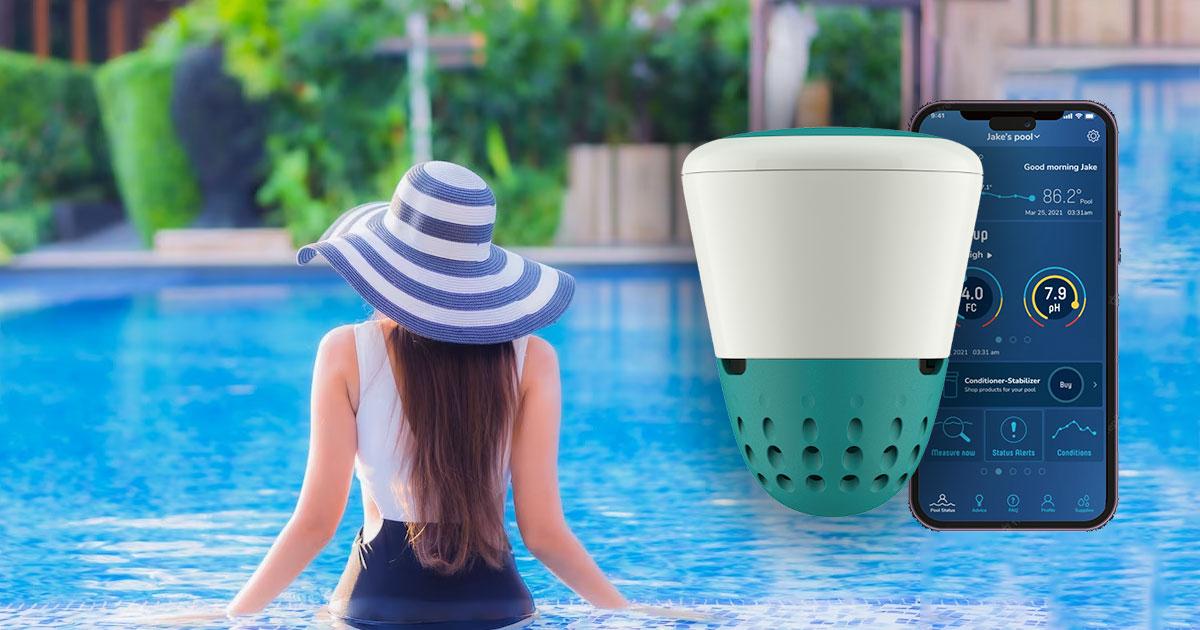
For houses with swimming pools, it’s important to understand that outdoor water use can account for up to 50% of consumption.
To conserve water, consider using pool covers; they reduce evaporation which is one of the chief reasons for water loss. Moreover, regular maintenance is required to prevent leaks that may lead to substantial water loss. Smart technology also plays its part here – with auto-levelling devices that only add as much water as needed in the pool.
The Department of Sustainability and Environment suggests installing a rainwater tank as a sustainable method to fill or top-up your swimming pool; this practice can reduce mains water use by up to 100% depending on the tank size and weather conditions.
Welcome a Recirculating Pump
Demanding hot water from our heating systems accounts for a significant portion of our daily water use. A recirculating pump keeps hot water flowing through your plumbing system thereby reducing the amount of cold water wasted while waiting for hot water to reach the tap.
The Master Plumbers’ and Mechanical Services Association of Australia (MPMSAA) advises homeowners to consult with a licensed plumber to ensure correct selection and installation of a recirculating pump system.
Be it a chilly winter morning or a relaxing end-of-day bath, you can conserve water without sacrificing comfort with a recirculating pump.
Attentive Use of Water
Knowing when and how you use water can greatly influence conservation. An Australian household uses an average of around 340 litres of water per person per day! It’s staggering how we overlook our small, everyday actions that add up.
From turning off the tap while brushing your teeth to running full loads in your washing machine, there are several ways to cut back. Salad and vegetable washing water can be reused to water plants. Changes such as these may seem minor, but they contribute greatly to an overall reduction in water usage.
Remember, it’s not just about avoiding wastage, but also about creating an ecosystem in your home where water is respected and preserved.
How Droughts Affect Wells
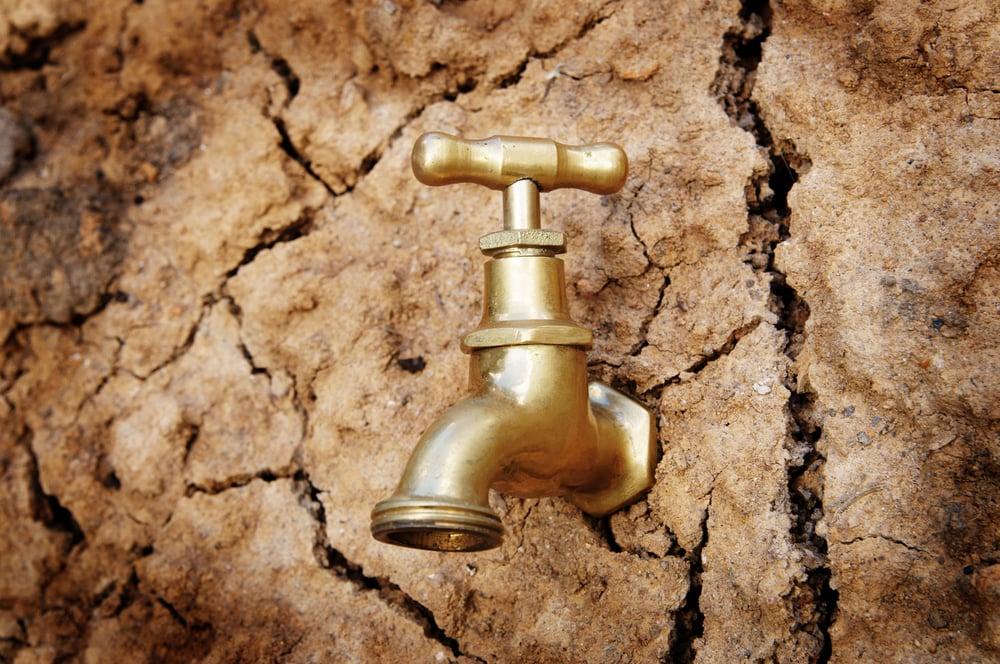
In areas where localities depend on wells for water supply, the impact of droughts is severely felt. A fall in groundwater level during extended dry periods directly reduces the quantity of water available for extraction from wells.
Limited good yields during drought conditions may also affect the water quality; shallow wells may draw lesser-quality surface waters containing contaminants that have leached into the ground. The National Health and Medical Research Council recommends routine testing for contaminants in all private wells to ensure safe drinking water standards.
Incorporating strategies like rainwater harvesting and planning usage during heavy rainfall season can help secure long-term water availability from wells even during severe drought conditions.
Water Conservation, A Must
Conscious water use is a responsibility we all share. With outdoor water use accounting for up to 50% of an average Australian home’s water consumption, care in garden watering activities such as using a drip irrigation system or choosing drought-resistant plants can help conserve water effectively.
And it’s necessary to remember that a single garden hose can use up to 1,000 litres of water per hour! Using water-efficient appliances at home is another step towards conservation. Water-efficient washing machines are capable of saving up to 70 litres per wash compared to older models.
The road to sustainable water use is paved with choices made in our daily lives. With this guide at hand, let’s drought-proof our homes and create greener futures for everyone!
Incorporate Drought-Resistant Landscaping
As an Aussie, you can adopt several water-saving methods, and one of the most efficient ways is incorporating drought-resistant landscaping. This strategy can significantly lessen outdoor water consumption which, according to data, accounts for 25% to 50% of the typical Australian home’s water usage.
Drought-resistant landscaping involves the use of native plants that are accustomed to Australia’s dry conditions and as such, require minimal watering. Another tip is to install a rainwater tank in your backyard. Depending on the climate and tank size, Choice reports that rainwater tanks can reduce mains water use by up to 100%. That’s massive savings right at your fingertips!
Further enhancing your sustainable habits could include setting up a micro-irrigation system for your garden or lawn. Micro-irrigation systems like drip irrigation can significantly save water by delivering low volumes of water directly to plants’ roots, reducing evaporation and runoff. And always remember to use your garden hose sparingly! Statistics show a single garden hose can use upwards of 1,000 litres of water per hour.
It might take some time and effort to make these changes, but it’s worth it for our environment – plus, you might even find you enjoy seeing those eco-friendly savings on your water bills!
Avoiding Frozen Pipes Disaster

Although freezing pipes are unlikely in most parts of Australia, they can pose significant problems in susceptible areas. A frozen pipe is more than just an inconvenience; it’s a plumbing disaster waiting to happen.
When temperatures plummet during winter, the water inside pipes may freeze and expand. This expansion stresses your plumbing system and could result in catastrophic pipe bursts. Anyone who’s experienced burst pipes due to freezing knows the considerable hassle and expense involved in repairing or replacing affected areas.
To avoid such a disastrous scenario, ensure your pipes are correctly insulated, particularly those outside or in unheated areas of your home. That means wrapping them with foam pipe insulation or heat cords specifically designed for this purpose. Whilst it may seem an unnecessary expense now, averting potential frozen pipes disasters is far cheaper than fixing the turmoil they cause.
Not sure how to do this? No worries. Call us at Dan’s Plumbing; we’re happy to provide expert advice and assistance on insulating your pipes for winter.
When Your Pipes Freeze
If your pipes do freeze, you must take immediate action to prevent any further damage. One common sign of a frozen pipe is reduced water flow from taps and showerheads. You might also notice frost formation on visible pipes. If you spot any of these signs, it’s time for a quick response.
Start by gently thawing the frozen pipe using a hairdryer or heated towels – acting quickly can potentially save the pipe from bursting. Remember to start heating from the tap end and moving towards the ice blockage. It allows steam from the melting ice to escape safely, instead of building pressure that could cause the pipe to crack.
If you cannot find where your pipeline is frozen or if you consider this task too risky, contact us immediately at Dan’s Plumbing. We’re always ready to assist and prevent possible costly repairs from burst pipes.
It can be an accidental nuisance when pipes freeze, but with swift action, you can avoid any severe outcomes. Remember, prevention is always better than cure, so ensure your plumbing system is ready for every season.
In Conclusion
Adjusting our habits and incorporating sustainable changes can significantly reduce our water consumption, helping not only our environment but also trimming down utility bills. From investing in drought-resistant landscaping to protecting your pipes against freezing and knowing what to do when they freeze can save an ample amount of water. Consisting of many simple yet practical steps, every Aussie can contribute towards a more sustainable future with drought-proof plumbing practices.
Frequently Asked Questions (FAQ)
What are some efficient methods to reduce water usage?
Efficient methods to reduce water usage include installing low-flow water devices, detecting and repairing leaks promptly, adopting water-smart actions for pools, using recirculating pump systems, being attentive to your water use, and incorporating drought-resistant landscaping.
Can I install low-flow water devices myself?
While some low-flow devices like showerheads can be easily installed, others might require professional assistance. It’s always best to consult with a licensed professional to ensure correct installation and maximum efficiency.
What should I do if I suspect a leak?
If you suspect a leak, apart from visually inspecting the area, you should call a licensed plumber promptly. He or she can definitively confirm if there is a leak and repair it before the issue escalates, potentially saving you from much larger repair costs and water wastage.
I have a swimming pool, how can I reduce water evaporation?
One of the most effective ways to reduce water evaporation in pools is by using a pool cover. It essentially traps the water, preventing it from evaporating. Regular maintenance to prevent leaks also contributes to water conservation for pool owners.
What are recirculating pump systems?
Recirculating pump systems keep hot water flowing through your plumbing system, preventing the wastage of cold water while waiting for hot water to reach the tap. They save both water and energy and are efficient for water conservation.
How can I change my habits to save water?
Simple habits such as turning off the tap while brushing your teeth, collecting the water used to wash fruits and vegetables to water plants, and using the washing machine and dishwasher only for full loads can greatly reduce water consumption.
How do droughts affect wells?
Droughts can cause a fall in the groundwater level, reducing the quantity of water available for extraction from wells. Moreover, the water quality may also be affected as shallow wells draw lesser quality surface waters containing contaminants.
How can I save water in my garden?
You can save water in your garden by adopting drought-resistant plants and using a micro-irrigation system to water them. Also, installing a rainwater tank to collect and use rainwater is another excellent way to conserve water.
How can I avoid frozen pipes?
To avoid frozen pipes, insulate your pipes correctly, particularly the ones outside or in unheated areas. You can do this by wrapping them with foam pipe insulation or heat cords specifically designed for this purpose.
What should I do if the pipes freeze?
If your pipes freeze, start by gently thawing the frozen pipe using a hairdryer or heated towels. Start heating from the tap end and move towards the ice blockage. If you are unable to locate the frozen pipeline or consider the task risky, contact a professional plumber immediately.
Related posts:
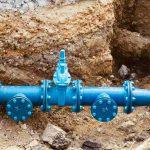 Understanding Your Plumbing System: a Guide for Aussie Homeowners
Understanding Your Plumbing System: a Guide for Aussie Homeowners
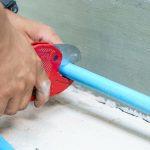 Understanding PEX Piping: The New Standard in Aussie Plumbing
Understanding PEX Piping: The New Standard in Aussie Plumbing
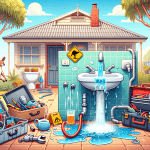 Aussie Alert! Signs You Need a Plumber ASAP
Aussie Alert! Signs You Need a Plumber ASAP
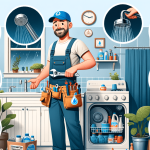 Every Drop Counts: Dan’s Plumbing Tips to Conserve Water at Home
Every Drop Counts: Dan’s Plumbing Tips to Conserve Water at Home
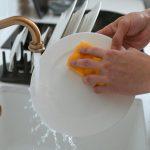 Eco-Friendly Kitchen Plumbing: Simple Tips to Save Water
Eco-Friendly Kitchen Plumbing: Simple Tips to Save Water
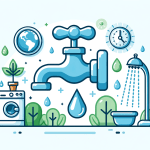 Slash Your Water Bill: Simple Tricks You Might Not Know
Slash Your Water Bill: Simple Tricks You Might Not Know

